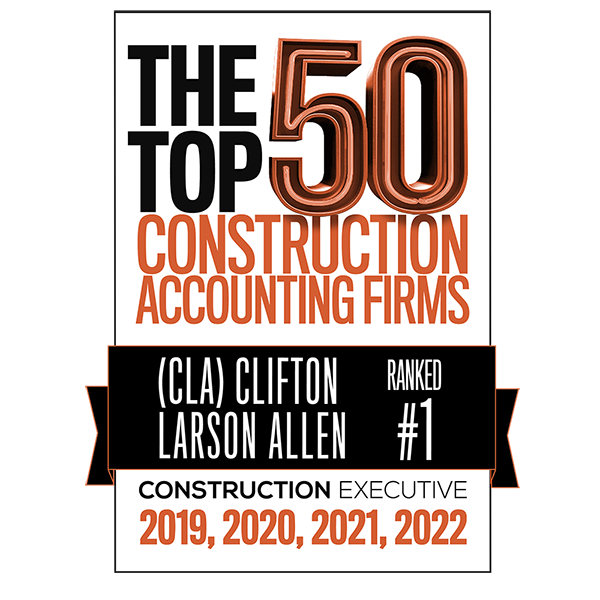Last but Not LEASED

In our sixth installment of our lease series, we bring the series to close.
Previously we covered:
- Overview of the standard – The Path of LEASE Resistance
- Lease Identification – At the Very LEASED
- Determining lease term – New LEASE on Life
- Calculating discount rates – LEASE Common Denominator
- Accounting alternative and policies – LEASER of Two Evils
The final step is to bring it all together through presentation and disclosure.
Presentation
| Financial Statement | Area | Presentation |
| Balance Sheet | Right-of-Use (ROU) Asset | Report ROU assets resulting from finance leases separately from ROU assets resulting from operating leases and separately from other assets, either on the face of the balance sheet or in the notes to the financial statements. |
| Balance Sheet | Lease Liability | Separate presentation is also required for lease liabilities. |
Alternatively, the entity could present items as a subcategory of a larger balance sheet classification such as property, plant and equipment and long-term debt. If this presentation is used, the entity should disclose the details in the footnote disclosure.
This requires disclosing the line items the amounts are included in the balance sheet. Either way, FASB ASC 842 prohibits financing and operating ROU assets and liabilities from being presented together on the balance sheet.
Most entities prepare a classified balance sheet, which requires separate classification of current and long-term assets and liabilities. FASB ASC 842-20-45-1 indicates that ROU assets and lease liabilities are subject to the same considerations as other nonfinancial assets and financial liabilities in classifying them as current and noncurrent in classified balance sheets. According to FASB ASC 210-10-45-4, the concept of the nature of current assets contemplates the exclusion from that classification of (among other things) depreciable assets. Based on this guidance, entities typically exclude depreciating or amortizing assets (e.g., property, plant, and equipment, intangible assets, etc.) from current assets. Under FASB ASC 842, ROU assets must be amortized and are, therefore, like other amortizable assets. Accordingly, ROU assets should be presented as noncurrent assets in a classified balance sheet.
Conversely, lease liabilities are treated consistent with other financial liabilities and should be classified into current and noncurrent portions.
Lease liabilities are accounted for as amortized loans requiring estimates of amounts expected to be paid over the covered period. This creates varying considerations to determine current and long-term portions of the obligation. Following are three methods of reporting:
| Method 1 | Since the overall lease liability is measured on a present value basis, a lessee may determine the current portion on the same basis, by applying the liability’s effective interest rate to the total contractual payments that are due within 12 months from the balance sheet date. |
| Method 2 | A lessee may classify the total undiscounted lease payments that are due in the next 12 months as current. |
| Method 3 | A lessee may classify the portion of the total lease payments, attributable to principal payments in the loan amortization schedule that are due in the next 12 months as current. |
A lessee is required to present each of the following in the income statement:
- The amount of interest expense on the lease liability and the amortization of the ROU asset for a finance lease.
- The amount of lease expense for an operating lease, shown in the lessee’s income from continuing operations.
Statement of Cash Flows
When adopting FASB ASC 842 (and at the commencement date of any new lease thereafter), the lessee records a ROU asset and lease liability. FASB ASC 230, Statement of Cash Flows, identifies “obtaining a right-of-use asset in exchange for a lease liability” as an example of a noncash investing and financing activity that should be disclosed.
Accordingly, such noncash activity should be disclosed along with the other supplemental cash flow disclosures presented on the statement of cash flows or in the notes.
In accordance with FASB ASC 842-20-45-5 lessees should classify cash flows related to leases as follows:
| Financial Statement | Area | Presentation |
| Cash Flows | Repayments of the principal portion of the lease liability arising from finance leases | Financing Activities |
| Cash Flows | Interest on the lease liability arising from finance leases | Operating Activities |
| Cash Flows | Payments arising from operating leases | Operating Activities |
| Cash Flows | Variable lease payments and short-term lease payments not included in the lease liability | Operating Activities |
For operating leases, repayments of liabilities are a component of net income and therefore classified in operating activities and generally not require a separate line item.
The portion of finance lease payment that reflects the interest payment is a component of net income and therefore classified in operating activities and generally not require a separate line item.
Amortization expense of the ROU asset is a noncash expense, which should be an adjustment from net income to cash provided by operating activities and included in the operating activity section of the statement of cash flows.
Disclosure
By accessing 842-20-50 Disclosure (fasb.org) you can identify the disclosure requirements of lessees for the new lease standard (Access the Basic View unless you have a subscription).
As Maya Angelou said, “There is no greater agony than bearing an untold story inside you.” The new lease standard includes much more estimates and professional judgment then the previous lease standard. Therefore, it is important to tell your story to inform users of estimates made and policies elected.
We hope you found this blog series helpful. We are available to assist if you have any questions or needs.
Michael A. (Mike) Westervelt is a principal with CLA with over 25 years of experience and a past Chair of the AICPA’s PCPS Technical Issues Committee (“TIC”). Mike is a National Assurance Principal and Construction Industry Assurance Leader. Mike specializes in thought leadership, ethics, independence, financial reporting, client service and accounting consulting for U.S. and international clients. He has managed relationships nationally and internationally for entities in the construction, manufacturing, hospitality, commercial service and healthcare industries. Mike is also a member of the AICPA’s Accounting and Review Service Committee (ARSC) and volunteers as a mentor for American Corporate Partners (ACP). Mike graduated from Iona College with a Bachelor of Arts in Accounting. He is a Certified Public Accountant licensed by the states of North Carolina and New York. Mike lives in Charlotte, NC and enjoys spending time with his family and an avid member of F3 who’s credo is “Leave no man behind, but no man where you find him.”


Very good information. Knowledgeable content. Thank you for sharing.